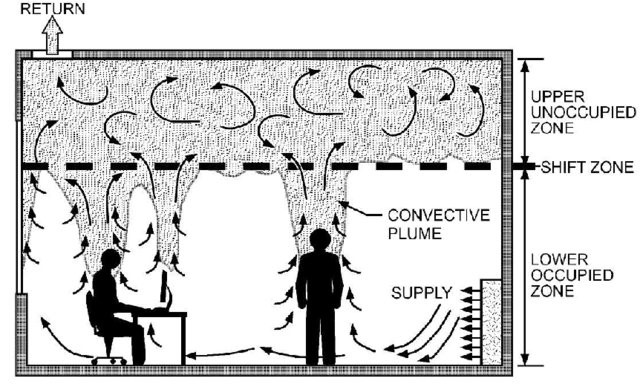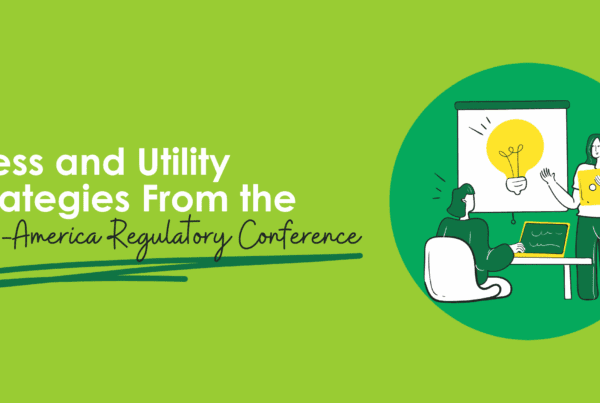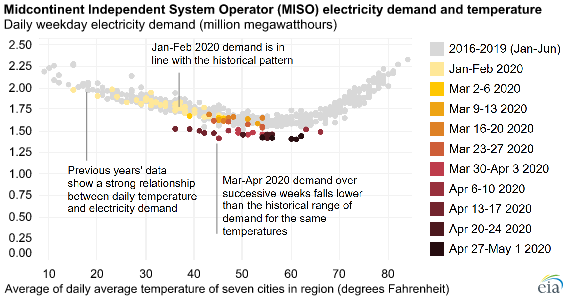
Way back in April, I had generated a list of non-energy benefits of the COVID. One was the lack of traffic. That made driving easier and running a little safer with less hassle. Second, my, uh, wellness trainer stopped making trips to Europe, so rather than being gone a week a month, he’s never gone. As a result, my Feng and Shui have been in balance. Third, my car insurance company has credited my account a few times because they think I’m driving less – which reminds me of the fourth: gasoline prices are lower than ever, inflation-adjusted. Fifth, I’ve declared T-shirts to be the office uniform of choice.
However, I have often considered the many ways in which the COVID has rolled back decades of environmental and sustainable living. Consider grocery bags. I reused paper grocery bags back in graduate school until they were ratty and falling apart. Since then, society has mainly migrated to the reusable bags of synthetic material with handles. They are tough. They hold a lot, maintain their shape, and don’t puncture compared to disposable plastic bags. They have handles and don’t tear as paper bags do.
This is an excellent example of cost-effective greenness. However, these great products are now banned for illogical reasons.
But I will not be defeated! I use the self-checkout and put the little stuff prone to spill, like berries and other fruit, in a crappy one-and-done plastic bag. Everything else goes right back in the cart, and I bag the rest in my good bags at the car. Yeah! Take that!
Buildings
Building energy use since the COVID struck has declined modestly, depending on location. Some energy use shifted from commercial buildings to residential buildings. Some industrial facilities had interruptions and were shut down entirely for various periods of time.
The Wall Street Journal featured a Colombia University study that found NYC apartment buildings used 7% more electricity on weekdays and 4% more on weekends after the lockdowns. Overall, the state’s consumption dropped 6-8% per the New York Independent System Operator. The apartment load curves are shown below.
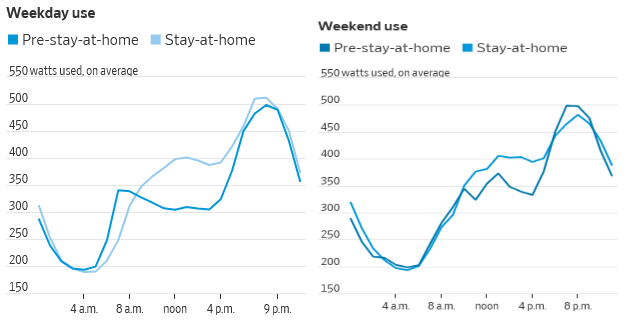 We can see on weekdays that people slept in after the lockdowns and shifted more energy use to late in the day. On weekends, there is more activity in the middle of the day. It makes sense that midday consumption would be the same on weekdays and weekends in a shutdown scenario. There was less use at night post-shutdown, but I’m not qualified to guess why.
We can see on weekdays that people slept in after the lockdowns and shifted more energy use to late in the day. On weekends, there is more activity in the middle of the day. It makes sense that midday consumption would be the same on weekdays and weekends in a shutdown scenario. There was less use at night post-shutdown, but I’m not qualified to guess why.
The Energy Information Administration provides data from the Midcontinent Independent System Operator and Florida, pre and post-shutdown.
MISO Electricity Demand and Temperature

Florida Electricity Demand and Temperature

Conclusion: lockdowns are not viable ways to save energy, so this won’t be coming to a TRM[1] near you anytime soon. On the contrary, the COVID is likely to result in higher energy use as the economy reopens. Facility managers are likely to install air filters that capture smaller particulate, resulting in more fan power in some cases. Some folks will likely flood buildings with more outdoor air to dilute airborne pollutants and aerosols. Technical and professional organizations like ASHRAE are working on guides for COVID concerns, but I’m telling you, individual theories and actions will run wild, and the findings will be interesting going forward.
New Construction
I’ve spent at least half my career advocating for dedicated outdoor air systems. I researched this extensively and presented a paper at the American Council for an Energy Efficient Economy’s Summer Study in 2012, titled Rescuing New Construction from Widgetitis with Simple HVAC Design. In that paper, I advocated for dedicated outdoor air systems with simple, single-zone heating and cooling that is virtually impossible to screw up.
Ya know what? These systems just so happen to have far superior pathogen management because they provide once-through-and-out ventilation. Additionally, fresh air is delivered at low velocities, especially in displacement ventilation systems. Conventional systems are blasting air such that every room is a giant pathogen, contaminant, and odor mixing box. Air with pollutants return from these mixing rooms to the central air handler and distribute to other spaces.
The only good thing about six feet to me is my height: six feet, zero point five inches as measured by the Mayo Health System. Otherwise, that social distancing thing would not be a thing in a displacement ventilation design. In such a design, ventilation air rises by the buoyancy of heat produced by human bodies. Each body stews in its own pollutants rather than everyone sharing their pollutants with each other. The diagram below demonstrates this.
Other Quick Hits
Gasoline
Sales of motor gasoline are in the midst of a V-shape recovery as shown below. The recovery shape looks like the economy’s recovery shape.

Public Transportation Ridership
Public transportation ridership has plummeted.
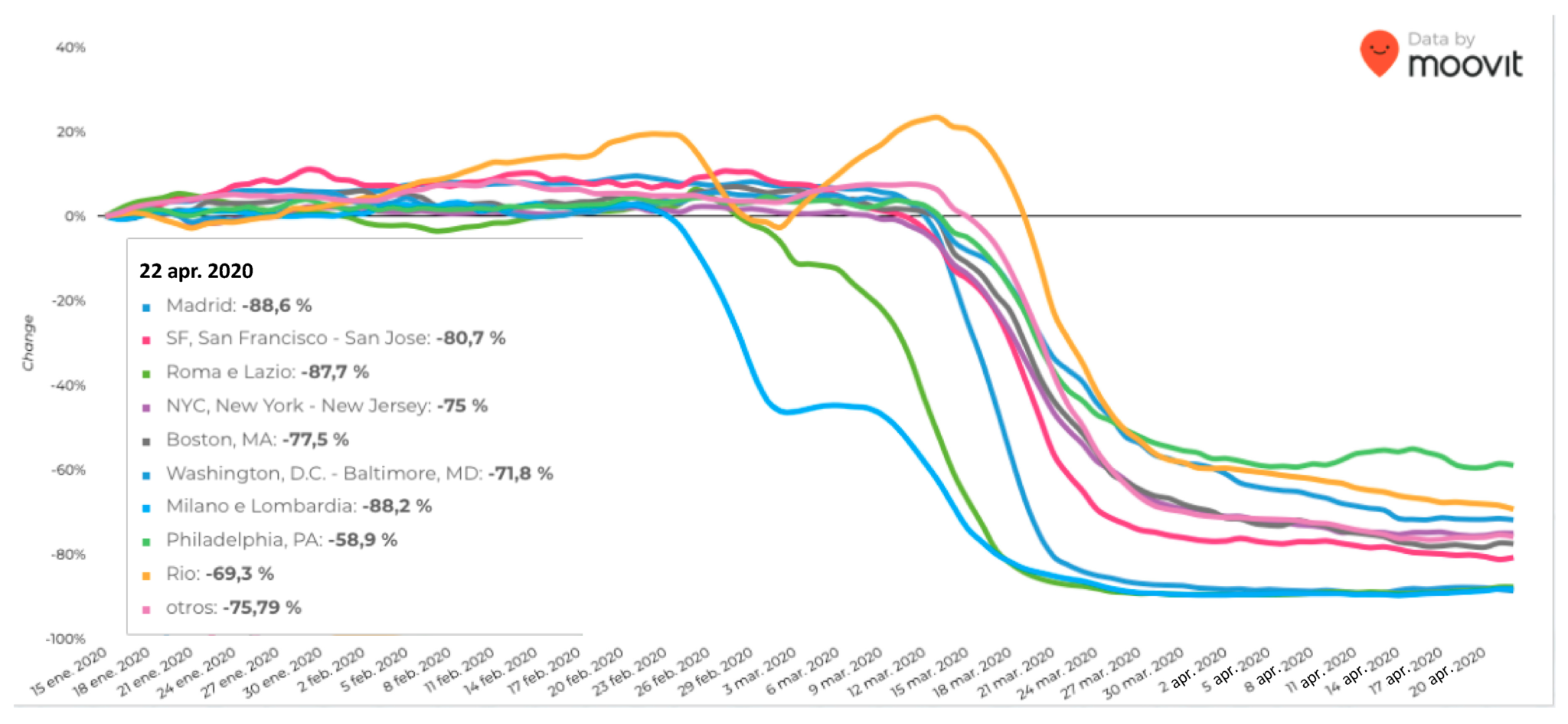
LEED Packing High and Tight
Since its rollout, the U.S. Green Building Council’s Leadership in Energy and Environmental Design has promoted packing people into dense urban landscapes and building vertically. One might think this wouldn’t be a long term trend caused by the COVID, except it is. Huge companies, especially tech, have learned to work from home, and their employees have learned they don’t need to pay $3,000 a month for a postage-stamp-sized studio apartment. They can move to cheaper, less-dense areas.
Mixed Bag
Energy impacts from the COVID will be reset in many ways, but I would say it will be a wash. For instance, people may move further away from city centers but work from home avoiding long commutes. One thing is for sure: we are social animals, and even we introverts crave some time with some people!
[1] Technical reference manual with measures and stipulated savings, among other things.
